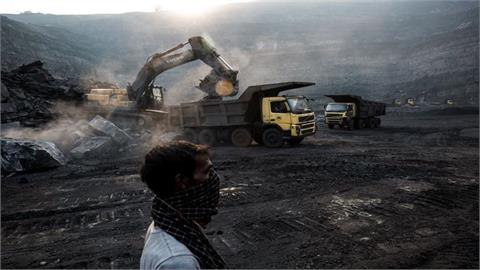Global wind power capacity additions are expected to sit at an annual average of 71 gigawatts (GW) from 2019-2023 and 76 GW from 2024-2028, according to a new research from Wood Mackenzie Power & Renewables on Monday.
The research entitled Global Wind Power Market Outlook Update: Q2 2019 reveals that Wood Mackenzie Power & Renewables has upgraded its global wind power outlook by 11 GW from 2019 to 2028 - a 1.5% increase from the previous quarter. Luke Lewandowski, Wood Mackenzie Power & Renewables director, said in the report that a 5 GW upgrade in the global offshore sector will yield 129 GW of new capacity and a compounded annual growth rate (CAGR) of 26%.
"Overall, the outlook is positive and global wind power continues to prosper due to both economic and social benefits," he stated. According to the report, the U.S. market has been upgraded by 16% quarter on quarter (QoQ), highlighted by a 3.8 GW upgrade in 2021 alone.
A modest upgrade of 1% QoQ in Latin America is driven by near-term upgrades in Brazil and Mexico. "Demand in Brazil’s free market should positively impact expectations from 2020 to 2022, while an uptick in commercial and Industrial (C&I) demand in Mexico will support a record year in 2019," the report read. In addition, the forecast for Northern Europe has been upgraded by 6%.
"Permitting challenges and undersubscription of onshore tenders in Germany and France have impeded growth. However, an increasing appetite for unsubsidized projects and a proliferation of demand from the C&I segment across Northern Europe both support a modest 0.6% upgrade for Europe QoQ,” the report stated. Furthermore, onshore and offshore policy deadlines in China are underpinning a 2.9 GW QoQ boost in the country.
However, the report issued a cautionary tale for offshore developers in China who need to commission projects before the end of 2021 if they are to utilize the current level of offshore feed-in tariffs. The report also advised that current market conditions in India have impeded the region’s short-term outlook, resulting in a 4% downgrade QoQ.
The Indian government-imposed auction ceiling prices and delays in commissioning awarded projects have slowed near-term growth expectations considerably – resulting in a decrease of 24% from 2019 to 2022, the report detailed.
(Anadolu Agency)



